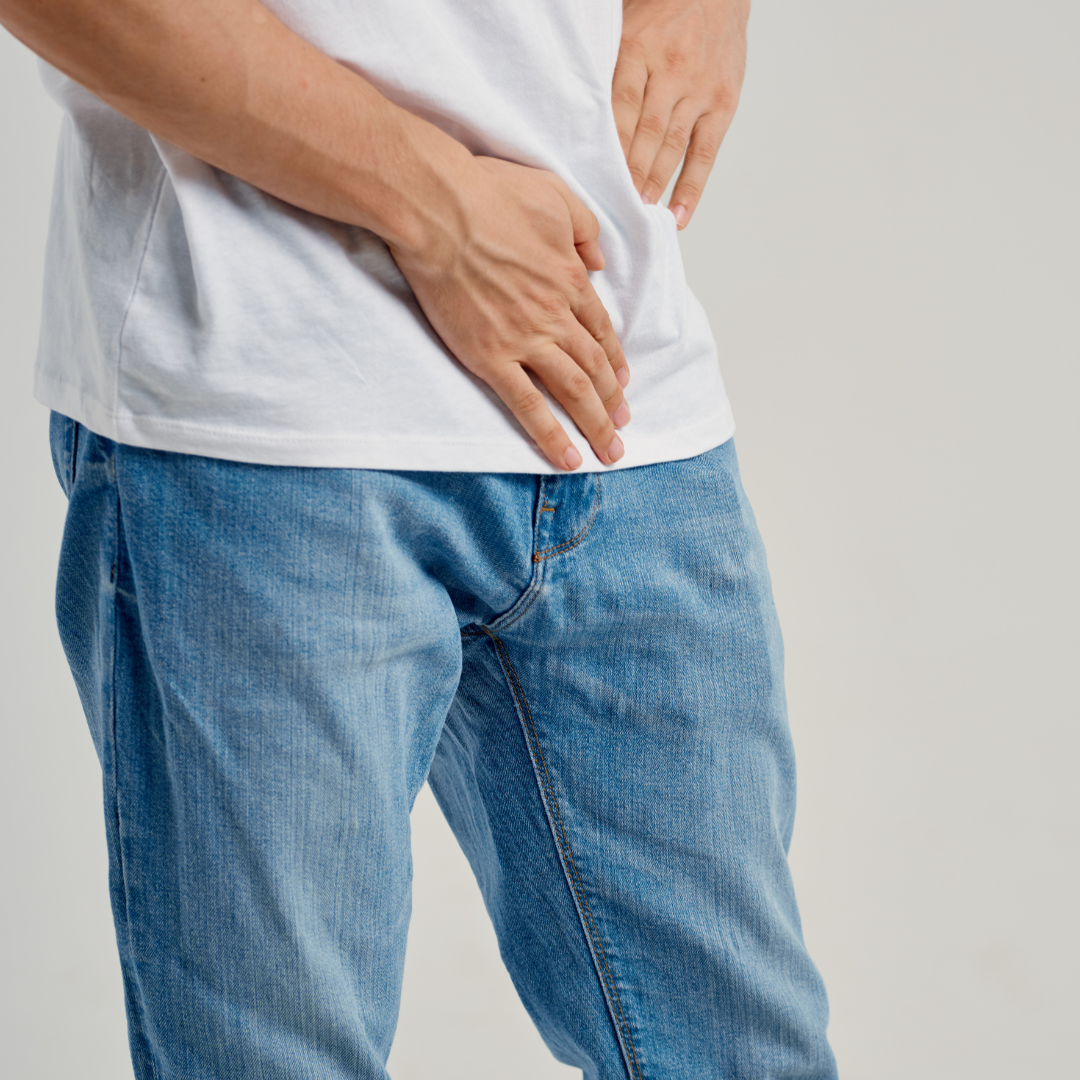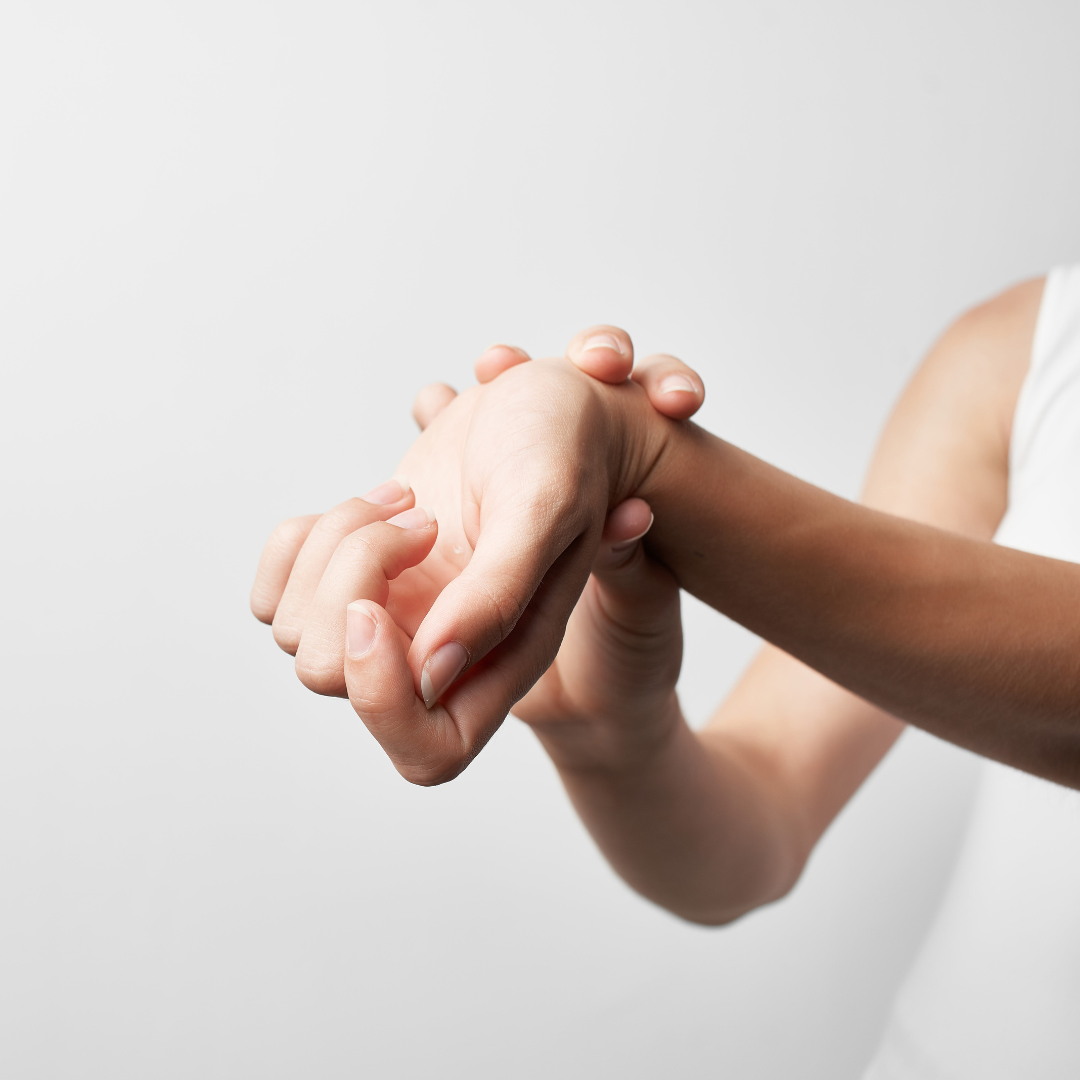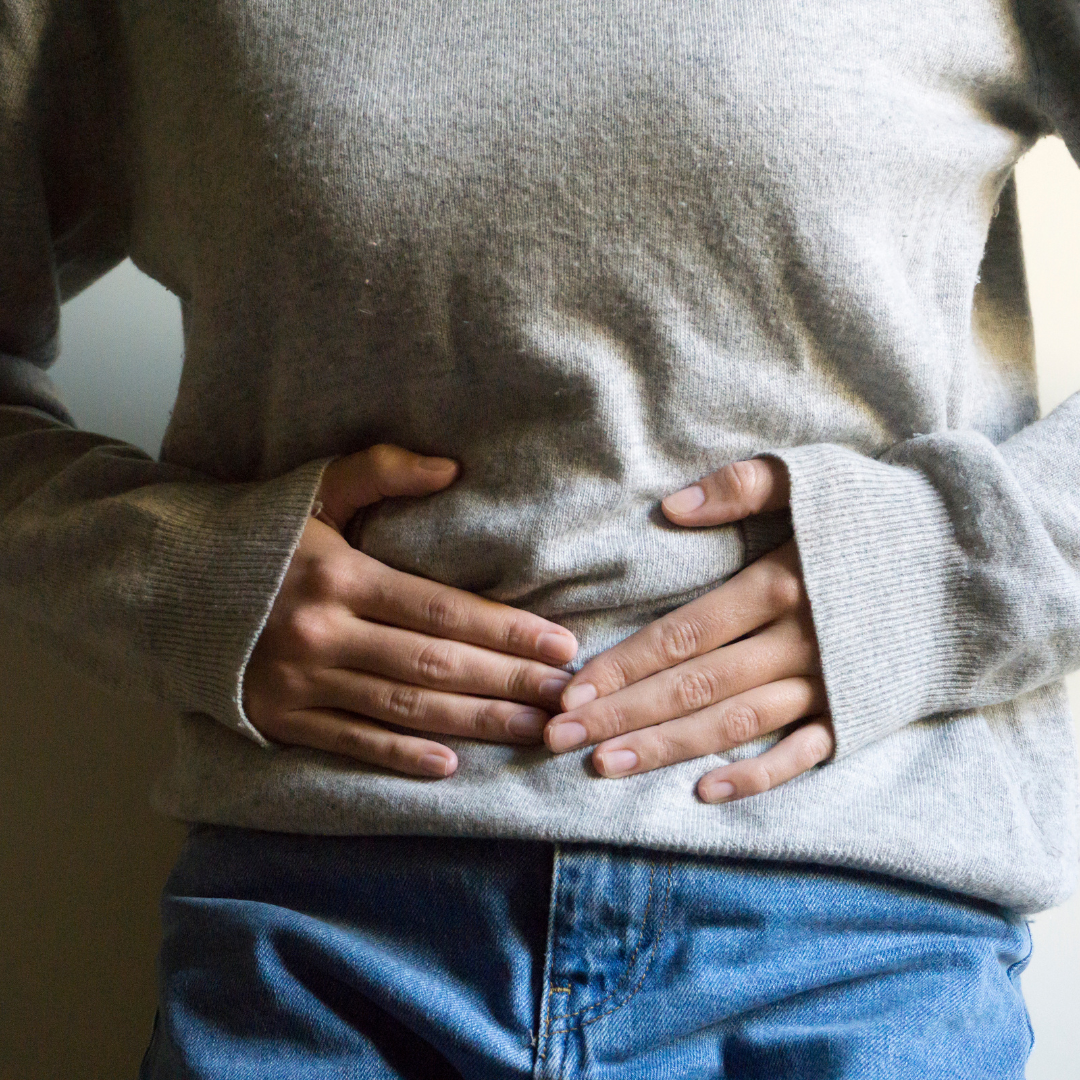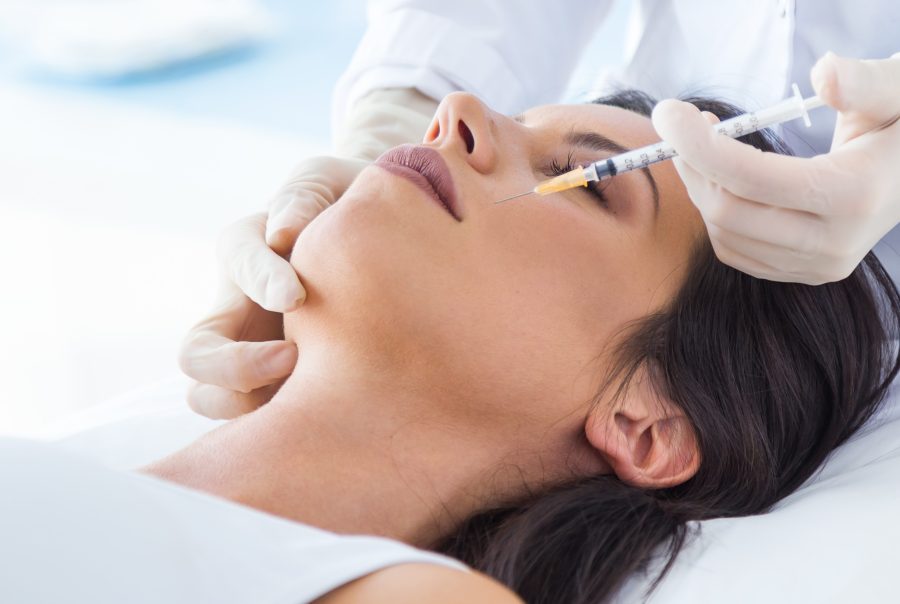Body Pain
Inguinal Pain
Inguinal or groin pain is discomfort that happens in the groin area, usually in the lower portion of the anterior abdominal wall and upper thigh or hips. The etiology of inguinal pain is known to occur from tendon, muscle or ligament strains. Athletes who are involved in sports are most likely to experience inguinal pain due to the involvement in repetitive kicking, twisting, or turning at high speeds. It is important to treat the injury and pain before it gets worse from any sport or activity. Also, if a patient undergoes surgery, post-operative pain in the inguinal region may be accompanied by swelling and redness
Moreover, there are medical conditions that can cause inguinal pain. These include:
- Inguinal hernia
- Bursitis
- Prostatitis
- Epididymitis
- Osteoarthritis
- Sciatica
- Urinary tract infection
- Varicocele
- Swollen lymph nodes
- Orchitis
- Bone injury
- Testicular torsion or cancer
- Hip issues
- Kidney stones or infection
Treatment
It is crucial to establish accurate diagnosis through medical history and physical examinations, whether it is an acute injury or chronic symptoms of a serious medical condition. Your doctor could rule out medical conditions through a physical exam or may use diagnostic imaging tests such as x-ray and ultrasound to obtain accurate diagnosis. The treatment for Inguinal pain will depend upon the findings and cause. Often, doctors treat inguinal pain with medications. Surgery may be required to treat serious medical conditions, such as inguinal hernia, which can be the cause of inguinal pain.


Joint Pain
Joint pain is a common problem that is usually a result of injury or disease affecting any ligaments, bursae, or tendons within or surrounding a joint. It can be acute or chronic. Any damage to the joints could limit your movement and cause painful symptoms. Patients often complain about knee, shoulder, ankle and hip joint pain.
Painful joints may be caused by a variety of conditions including:
- Osteoarthritis
- Osgood-Schlatter’s disease
- Osteomyelitis
- Ankylosing spondylitis
- Synovial sarcoma
- Lyme disease
- Leukemia
- Lupus
- Rheumatoid arthritis
- Bursitis
- Gout
- Strains or sprains
- Adult Still’s disease
- Cancer
- Rickets
- Tendinitis
Pelvic Pain
Pelvic pain is a symptom that may develop from many different conditions, such as an infection. Pelvic pain often refers to pain in the women’s reproductive organs located in the pelvic area. Also, it can arise from non-reproductive internal organs around the pelvic area, such as the colon or bladder. Men can experience pelvic pain from several other factors. Pain arising from the pelvic bones can occur in both men and women.
There are multiple conditions that cause pelvic pain in men or women. These include:
- Urinary tract infections
- Prostatitis
- Testicular disorders
- Sexually transmitted diseases
- Appendicitis
- Kidney infection
- Diverticulitis or colitis
- Nerve conditions – Pudendal Neuralgia
- Hernia
- Pelvic muscle disorders
- Fractured pelvic bone
- Pregnancy
- Menstrual cramps
- Fibroids
- Ovarian disorders
- Uterine or cervical Cancer
Diagnosis
Pelvic pain is a symptom that may develop from many different conditions, such as an infection. Pelvic pain often refers to pain in the women’s reproductive organs located in the pelvic area. Also, it can arise from non-reproductive internal organs around the pelvic area, such as the colon or bladder. Men can experience pelvic pain from several other factors. Pain arising from the pelvic bones can occur in both men and women.
Signs and symptoms related to pelvic pain in men or women include:
- Menstrual cramps and pain
- Vaginal bleeding
- Painful urination
- Constipation or diarrhea
- Bloating
- Blood in stool or urine
- Pain in groin or hip area
Treatment
Depending on the underlying condition, treatment options may vary. It is crucial for your health provider to diagnose pelvic pain accurately. The treatment depends upon the cause of pelvic pain. Pelvic pain can be treated with medicines, including antibiotics. Some patients may benefit from surgical treatments or other procedures. Your doctor may perform a physical exam and offer diagnostic imaging tests such as MRI, x-rays, ultrasound and CT scans for the abdomen and pelvis. Blood, urine, and pregnancy tests may also be prescribed for pelvic pain. Diagnostic procedures such as laparoscopy, hysteroscopy, and colonoscopy are used to examine parts of the female reproductive system and lower internal organs of the abdomen and pelvis.


Post-Cosmetic Surgery Pain
People who undergo cosmetic surgery such as liposuction or any other cosmetic plastic surgery, may suffer from pain after surgery. Working closely with your doctor and following up with postoperative instructions is crucial for managing pain. The extent and degree of pain a patient may experience will depend on several factors such as the type of procedure, previous experiences with pain, use of anesthesia during the procedure, your gender, and age.
Treatment
Pain Management & Treatment Options
Symptoms of pain after cosmetic surgery are relieved by oral pain medications and a combination of treatment options your surgeon may prescribe to initiate recovery. Your doctor may prescribe non-surgical cosmetic treatments done by a non-medical professional such as Aestheticians or beauty therapists. Some of the treatment options include regional, systemic or local anaesthesia and nerve blocks.
Scalp Pain
Scalp pain can occur from several factors, such as a traumatic head or brain injury, skin conditions, and headaches. It is usually caused by a medical condition that irritates the scalp itself. Medical conditions such as scalp psoriasis, seborrheic dermatitis, scalp folliculitis, eczema, contact dermatitis, alopecia, temporal arteritis, brain tumor and basal cell carcinoma can trigger scalp pain.
Scalp pain can lead to pain in any area of the face, neck, or head. Symptoms of scalp pain may accompany other symptoms of a different underlying medical disease or disorder. Some specific symptoms of scalp pain include:
- Itchy flaky skin
- soreness
- Tingling sensations
- Prickling
- Numbness
- Irritation
- Burning sensation
- Inflammation
When To Seek Medical Attention
It is crucial to seek medical attention immediately if symptoms of scalp pain are accompanied by more serious symptoms, as it can be life-threatening. Some severe symptoms include:
- Fatigue
- Nausea
- Scalp tenderness to touch
- Blurred vision
- Local bleeding or bruising
- Confusion and difficulty with memory
Diagnosis and Treatment
The best way to treat scalp pain is to find the underlying cause of discomfort. Share your symptoms with your doctor for accurate diagnosis. Seeking medical attention is important to diagnose scalp pain. The doctor might collect a hair follicle or scalp biopsy for further testing. Treatment options will vary and depend on the medical cause or symptoms. Serious medical conditions usually require different medical treatment options. Certain shampoos or ointments prescribed from your doctor and over-the-counter medication may help relieve inflammation or medical conditions associated with scalp pain.


The Temporomandibular Joint (TMJ) Pain
The temporomandibular joint (TMJ) connects your jawbone to your skull on each side of your face. Injury and inflammation may damage the TMJ joint which could lead to a painful condition, known as TMJ disorder. A variety of factors causes a patient to develop TMJ disorder, such as arthritis, improper joint formation, trauma to the jaw, bruxism, or genetics. These factors may lead to painful symptoms of the TMJ joint. Often, TMJ disorder is temporary and can be managed with nonsurgical treatments.
As mentioned above, sudden or severe jaw pain may be caused by several factors. However, TMJ flare-ups can be triggered by other factors, such as:
- Stress
- Poor posture. Improper alignment of spine- protracting jaw
- Eating habits
- Hormonal changes
- Dehydration
Symptoms
Signs and symptoms associated with TMJ disorders include:
- Jaw pain and clicking
- Ear pain
- Headaches
- Stiff and sore jaw
- Muscle spasms in the jaw
- Difficulty chewing/ opening and closing jaw
- Lump in temple area
- Dizziness
Treatment
For accurate diagnosis, your doctor will assess your medical history and do a physical exam. Imaging tests such as TMJ arthroscopy, X-ray, CT scan, and MRI may be necessary to obtain high quality pictures of the TMJ joint. TMJ disorders can go away on their own without any treatments. However, if the system persists and is severe, a variety of treatments options are available. Some of the treatment options include:
- Pain relievers and muscle relaxants
- TMJ exercises
- Corticosteroid injections
- Physical therapy
- Oral splints
- Acupuncture
Surgical procedure may be the treatment option in severe cases and if the methods listed above fail to relieve symptoms or treat TMJ disorder. Suggested surgical procedures such as Arthrocentesis, modified condylotomy and open-joint surgery may be beneficial to treat TMJ disorders.
Disclaimer
The contents contained within this page are not a substitute for health professionals’ advice, diagnosis, or treatment. We advise that you seek advice from a qualified healthcare practitioner. We fully disclose that any surgical or invasive procedures come with risks.
For more details on how to relieve or treat chronic pain, you can reach out to one of our pain specialists at any of our pain care clinic locations. We establish a caring relationship and provide patients with pain relief when needed the most.
Become a Patient
Every treatment is one step closer to reaching your full potential.
